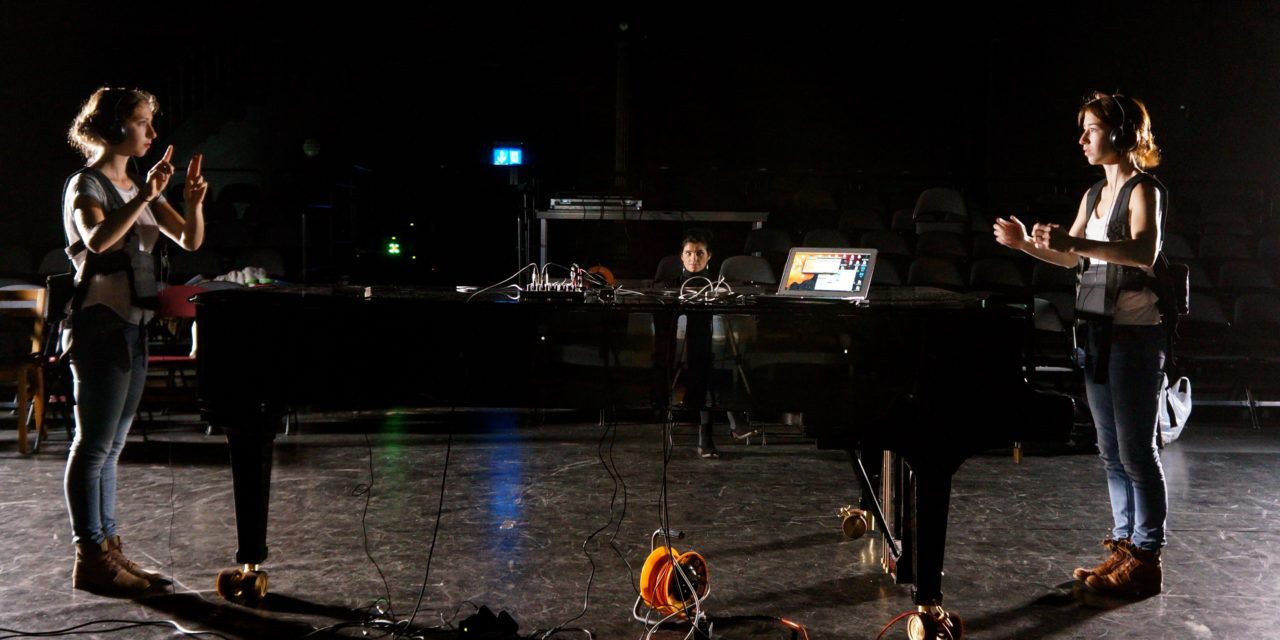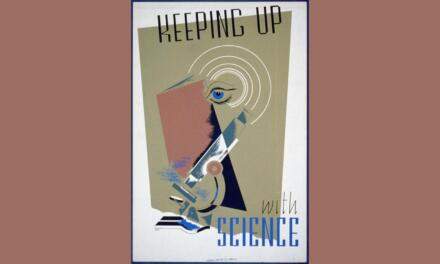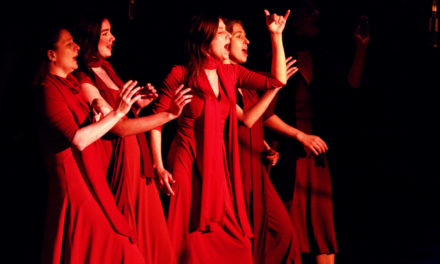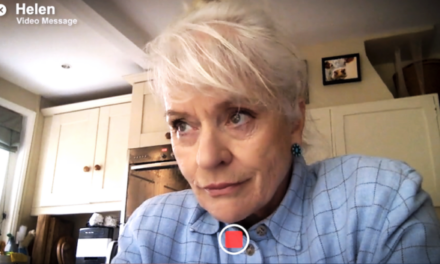The Humanities/Art/Technology Research Center was founded in 2011 at Adam Mickiewicz University in Poznań (Poland) on the initiative of Professor Agnieszka Jelewska and Dr. Michał Krawczak. The Center is a pioneer institution in Poland doing transdisciplinary research and experimental artistic projects. The HAT Research Center cooperates with theoreticians, artists, designers, and engineers of various competencies and specializations. As a scientific-artistic hub, it initiates cutting-edge projects and research that are hard to define in a conventional range of existing artistic and academic disciplines.
Golden Medal at the Prague Quadrennial
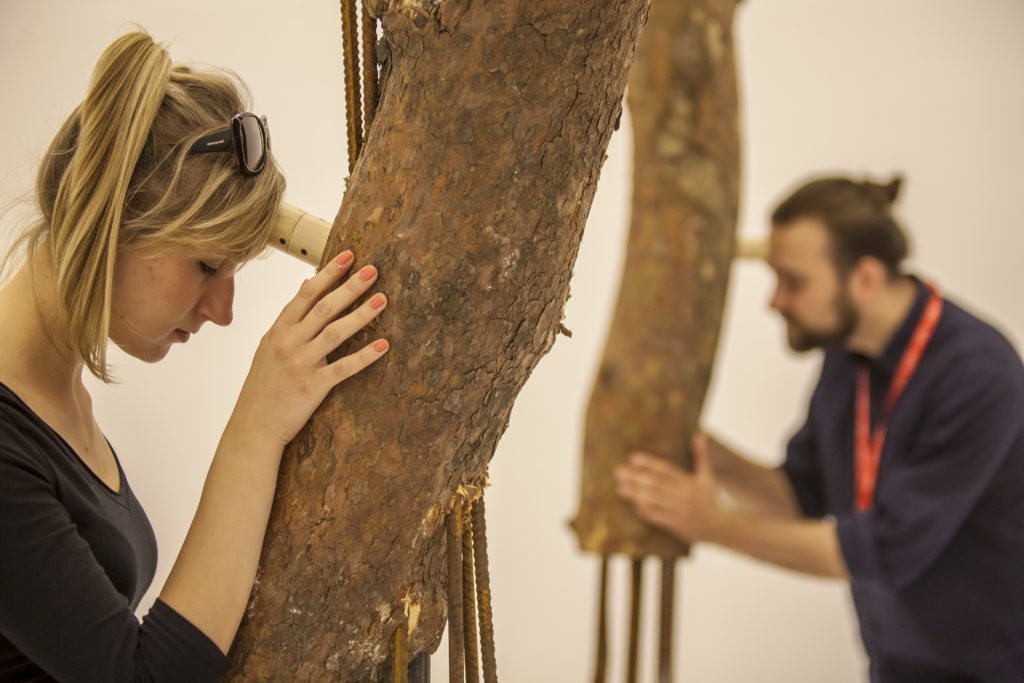
Post-Apocalypsis, Photograph by HAT Center
In 2013 Jelewska and Krawczak curated the exhibition Transnature Is Here, which was organized within the Malta Festival in Poznań, Poland. The project was based on translations and artistic interpretations of the newest research in biosemiotics and experiments in communication in the world of non-human organisms. Most of the presented works focused on projecting micro biospheres where a coexistence between so-called nature and technology was activated by human interactions. The biochemical and electromagnetic incentives generated by life forms were transformed by cyber algorithms, creating interactive art.
Another important work of art was the interactive installation Post-Apocalypsis, a Polish exhibition at the Prague Quadrennial of Performance Design and Space (2015). The Polish pavilion was curated by Agnieszka Jelewska and done by a team of programmers, researchers, composers, and architects (Paweł Janicki, Rafał Zapała, Michał Krawczak, Michał Cichy, and Jerzy Gurawski). The installation was awarded the Golden Medal for sound design, and so became the first Polish exhibition in 36 years to gain the prize at the Quadrennial.
After the Prague Quadrennial, Jelewska, Krawczak, Janicki, Zapała and Cichy decided to continue working as an art & science collective called Dæd Baitz. In 2016 Dæd Baitz prepared the prototype of the interactive transopera Anæsthesia at the Theatre Institute in Warsaw. For the purpose of this piece, the group also created an artificial intelligence named Exu Arin–which was one of the opera’s characters. After the premiere of Anæsthesia, Exu Arin became an official member of the Dæd Baitz collective.
Recent Projects
The HAT Research Center also leads a comprehensive range of workshops and projects offering a range of experimental education that employs scientific research, electronic art, sound design and interactive media. For example, in 2014 at the Theatre Institute in Warsaw, Jelewska and Krawczak led Emotional Urban Weather, an experimental workshop for actors, dancers, directors, and designers that focused on sound ecology and prototyping guerrilla devices for possible use in urban spaces. In 2015 Jelewska and Krawczak were invited to lead a special transmedia workshop for dancers and choreographers at Folkwang University of the Arts. In 2017, in cooperation with the Polish Dance Theatre in Poznań, they prepare a workshop for artists and researchers based on Timothy Morton’s concept of Hyperobjects.
The HAT Research Center also coordinates important research projects. The first was pioneering research on art and technology in Poland during the communist era. This project culminated in the publication Art And Technology In Poland: From Cybercommunism To The Culture Of Makers (2014).
As of this writing the HAT Research Center is realizing two research projects: Art As Laboratory Of New Society: Cultural Consequences Of Post-Technological Turn (funded by the Polish National Science Center), and Mediated Environments: New Practices In Transdisciplinary Research (funded by the National Program for the Development of Humanities).
https://www.instagram.com/hat_research_center/
This post was written by the author in their personal capacity.The opinions expressed in this article are the author’s own and do not reflect the view of The Theatre Times, their staff or collaborators.
This post was written by Michał Krawczak and Agnieszka Jelewska.
The views expressed here belong to the author and do not necessarily reflect our views and opinions.

